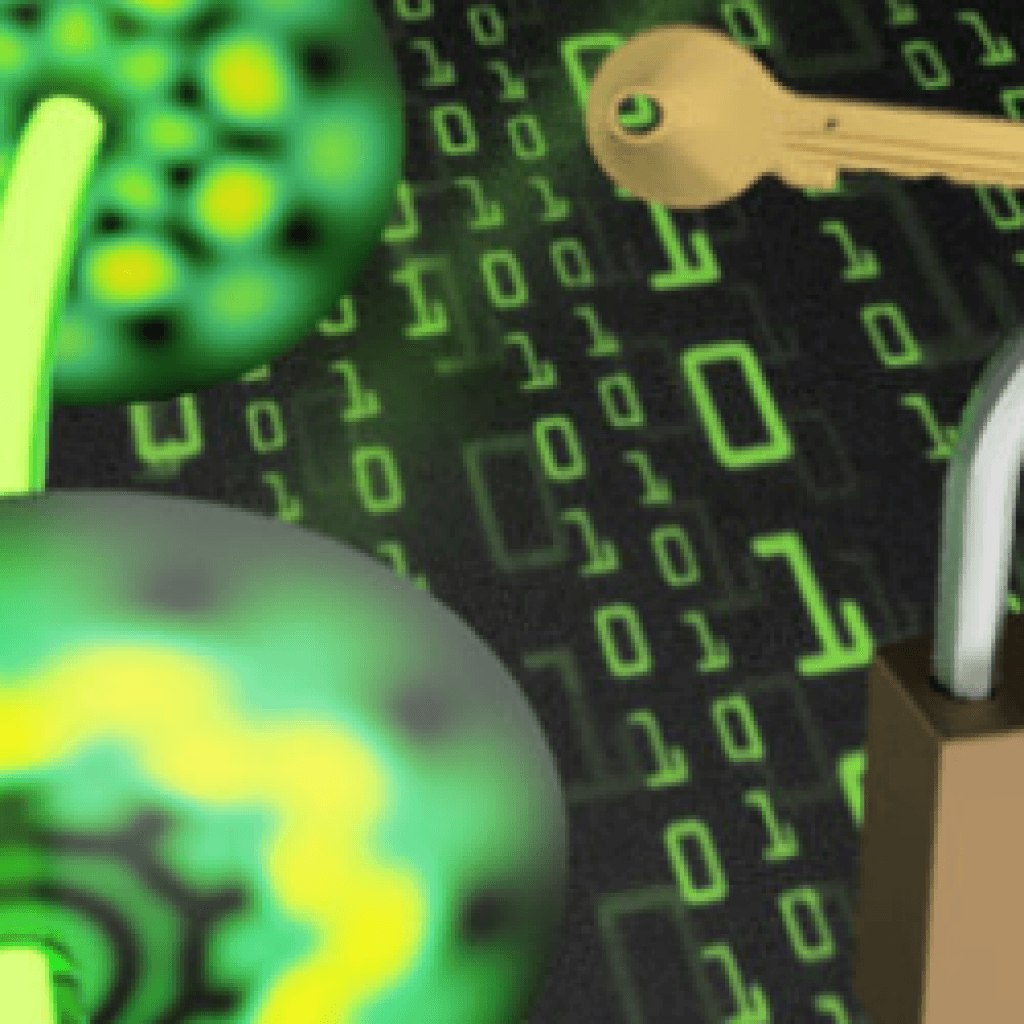(DarkReading) Veriozon’s Lee Sattler, Distinguished Engineer in Product Strategy and Operations, and Venkata Josyula, Director in Technology and Product Development, Verizon, discuss the new versions of QKD using separate wavelengths on the same fiber, improving cost and efficiency, but distance is still a challenge. IQT-News summarizes.
In the coming post-quantum future, cryptography solutions built on the rules of quantum physics are essential to ensure that sensitive digital information is distributed safely and securely across the forthcoming quantum Internet. One of the pillars of this more secure quantum computing future is called quantum key distribution (QKD), which uses basic properties of physics to derive encryption keys for secure encryption between two locations simultaneously.
A number of implementations and protocols for QKD are emerging as the technology evolves. For example, discrete variable QKD (DV-QKD) is used in many commercial QKD systems today. A DV-QKD system consists of two endpoints: a sender and a receiver. The quantum connection between these endpoints could be free space or dark fiber. In this case, the sender encodes a bit value, 0 or 1, on a single photon by controlling the phase or polarization of the photon. A separate data connection between the two endpoints is used to communicate information about the quantum measurements and timing.
While initial QKD implementations consisted of separate dedicated fibers for the quantum and data channels, new versions can use separate wavelengths for each channel on the same fiber, leading to more cost-effective deployments and efficiencies.
Distance remains a constraint on implementing QKD over fiber because the individual photons being transmitted will be absorbed over distance. The laser strength is attenuated to create the individual photons, and standard telecom equipment cannot be used to repeat or strengthen the signal. In general, between 60 miles and 90 miles is the practical limit.
Methods to extend the distance include trusted exchange, twin field QKD, and quantum repeaters.
**Trusted exchanges act as a repeater — receiving the optical signals, converting them to digital, and then converting them back to optical. Trusted exchanges must be secured to prevent an intruder from reading the transmission while it is in digital form.
**Twin field QKD adds a midpoint node that receives signals from both endpoint nodes, increasing the distance between endpoints to potentially hundreds of miles.
**Quantum repeaters could eventually break the distance barriers of QKD over fiber, providing a function similar to repeaters in telecommunications today: to amplify or regenerate data signals so they can be transferred from one terminal to another.
QKD has significant value in a quantum world due to its ability to enable symmetric key sharing between endpoints and identify when eavesdropping on the quantum channel is occurring. Before it can be broadly implemented by carriers, however, QKD must be supportable in a carrier environment, providing the availability and reliability their customers expect.
<https://www.insidequantumtechnology.com/wp-admin/post-new.php?post_type=news>
Sandra K. Helsel, Ph.D. has been researching and reporting on frontier technologies since 1990. She has her Ph.D. from the University of Arizona.
